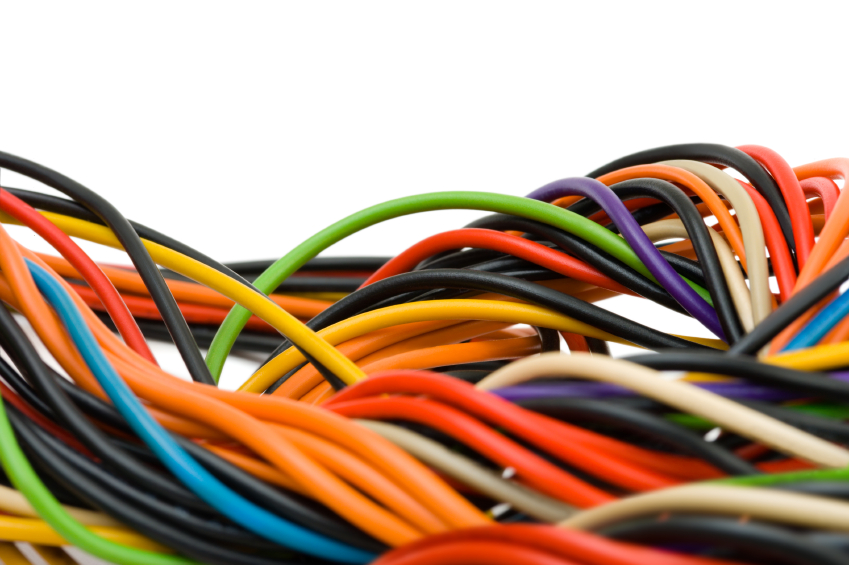
|
Because these cords are more vulnerable to damage than fixed wiring, there are restrictions on their use and precautions to observe. When it comes to flexible electrical cords and cables, you should be inflexible on the issue of safety.
Permissible Uses for Flexible Cords and Cables
Workers may be familiar with the common extension cord, but flexible electrical cords and cables have other important uses, too. Flexible cords and cables may be used for the following applications for which flexibility and portability (and/or isolation) are key to function and for which cords are readily accessible for inspection, maintenance, and repair:
- Pendants
- Fixtures
- Portable lamps or appliances
- Elevator cables
- Cranes and hoists
Think you have no time to train? Think again. BLR’s 7-Minute Safety Trainer helps you fulfill key OSHA-required training tasks in as little as 7 minutes. Try it at no cost and see!
- Data processing cables
- Stationary equipment when frequent interchange may be required
- Other fixed or stationary appliances, where flexible cords and cables are accessible for and facilitate maintenance and repair
- To isolate noisy or vibrating equipment (preventing the transmission of noise or vibration)
Prohibited Uses
There are some situations in which you must not use flexible cords and cables. Never use flexible cords and cables:
- As substitutes for structural fixed wiring
- If they would be attached to building surfaces
- If they would be run through holes in walls, ceilings, or floors or they would be run through doorways, windows, or other openings
- If they would be concealed behind building walls, ceilings, or floors
Effective, 7-minute sessions providing comprehensive safety training at an average cost of $1 a day. Get the details.
Flexible cords and cables cannot be used in those types of applications in part because they would be subject to damage that could create a fire or electrocution hazard. In some instances, the damage would present an immediate hazard, such as when an extension cord’s insulation is damaged by scraping against the sharp edge of a floor hole, exposing the wires. In other instances, damage to the wiring would be inaccessible for inspection, maintenance, and repair. This can occur, for example, when flexible cord substituted for fixed building wiring or installed behind walls, ceilings, or floors is chewed by rodents, exposing the live wire and creating a fire hazard.
Tomorrow, we’ll look at the safety measures that prevent damage to flexible cords and cables.
